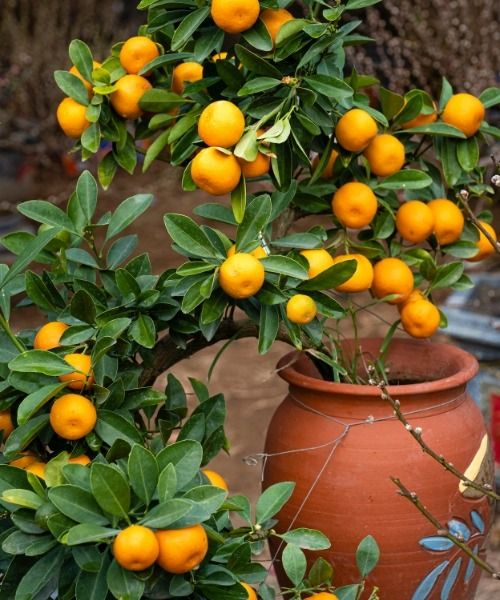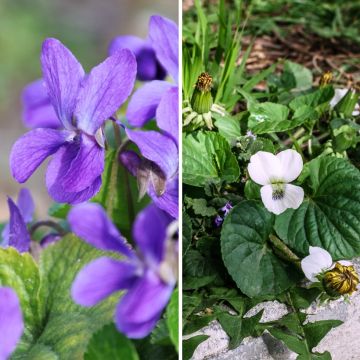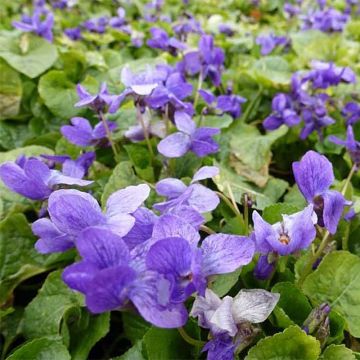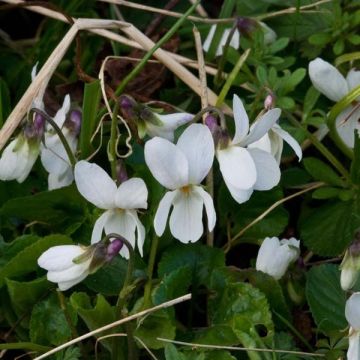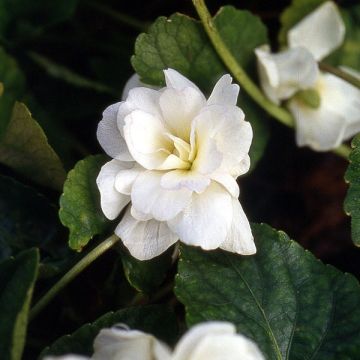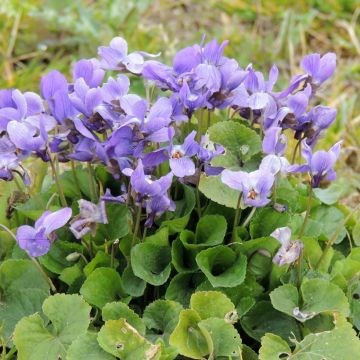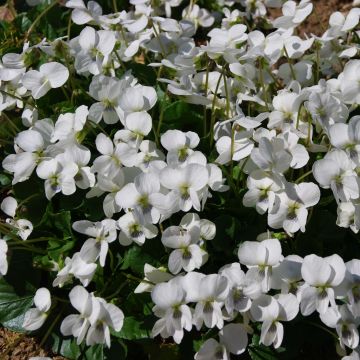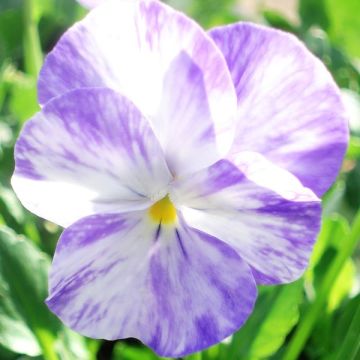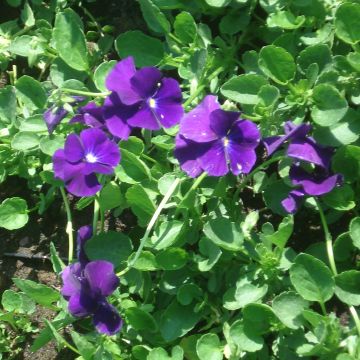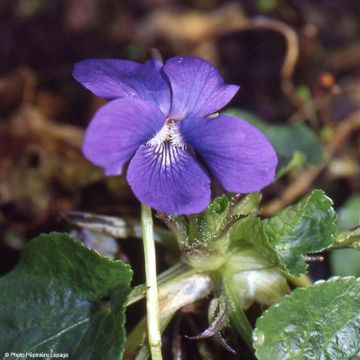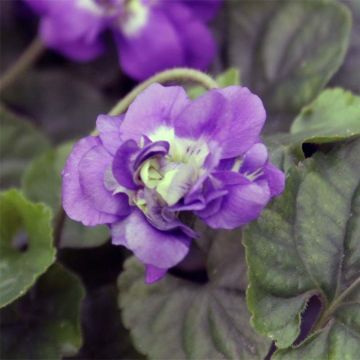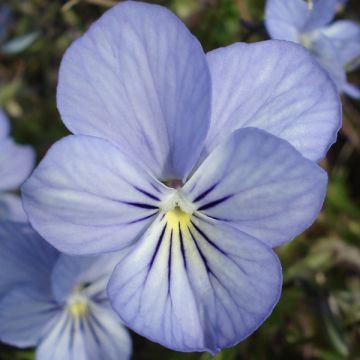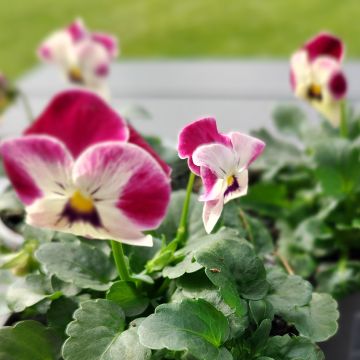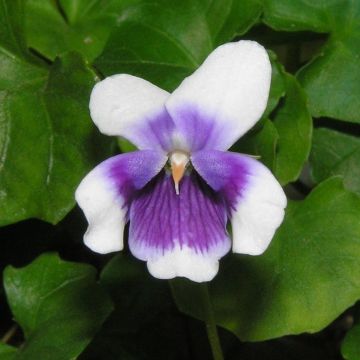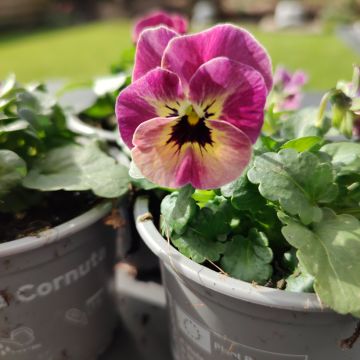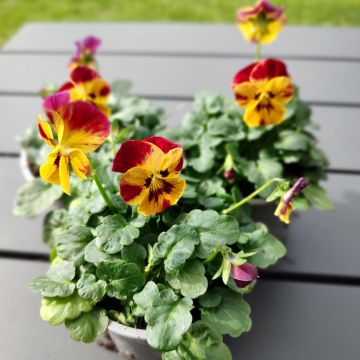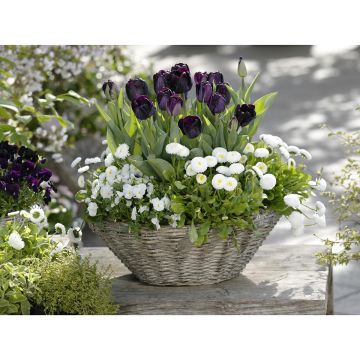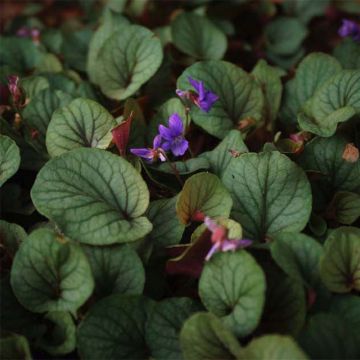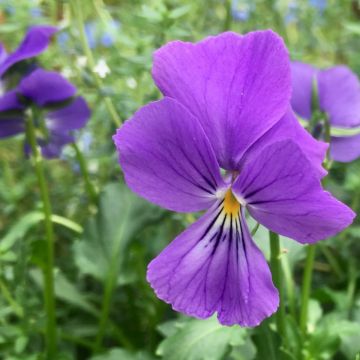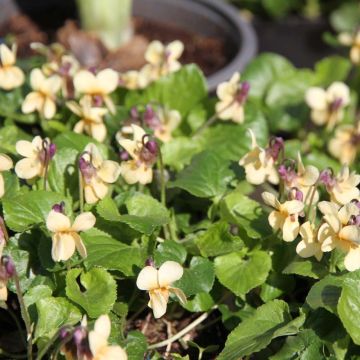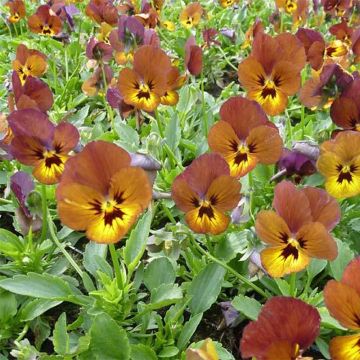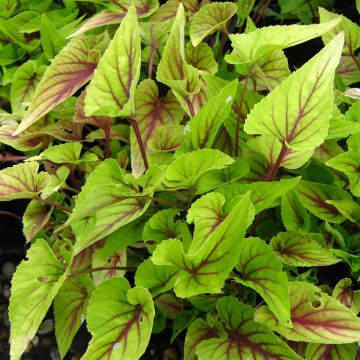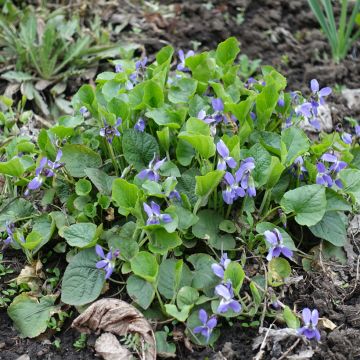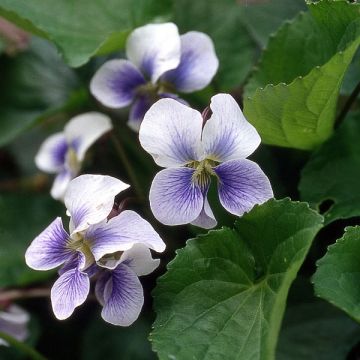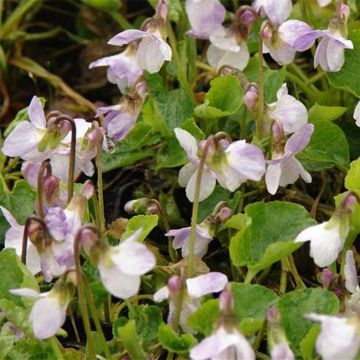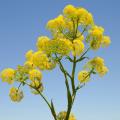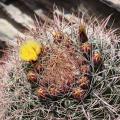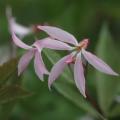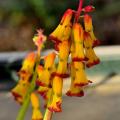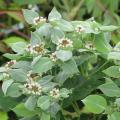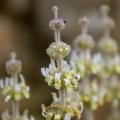Viola - Violets
Would this plant suit my garden? Set up your Plantfit profile →
Available in 1 sizes
Available in 0 sizes
Available in 1 sizes
Available in 1 sizes
Available in 1 sizes
Available in 1 sizes
Available in 1 sizes
Available in 1 sizes
Available in 2 sizes
Available in 1 sizes
Available in 1 sizes
Available in 1 sizes
Available in 1 sizes
Available in 1 sizes
Available in 1 sizes
Available in 1 sizes
Available in 1 sizes
Available in 1 sizes
Available in 1 sizes
Available in 1 sizes
Available in 0 sizes
Available in 1 sizes
Available in 1 sizes
Available in 1 sizes
Available in 1 sizes
Available in 1 sizes
Available in 1 sizes
Available in 1 sizes
Available in 1 sizes
Available in 1 sizes
Available in 1 sizes
Available in 1 sizes
Viola, pansies, and violets are all names used to refer to these ground covering plants that bloom in spring in partial shade. Pansies with large flowers are the result of hybridization between Viola tricolor and Viola lutea, and they are the most well-known. They are rarely annuals, very often biennials, and sometimes perennials. In England, other cross-breeding occurred, such as that between Viola lutea and V. cornuta or V. tricolor and V. cornuta. The introduction of genes from V. cornuta in these cross-breeding efforts resulted in greater longevity for the varieties obtained. However, the flowers in the majority of these cross-breeds remain smaller in size than classic pansies but maintain their long flowering period and increased floribundus. The English referred to these varieties as "violettas". An easy way to distinguish pansies from violets is that violets have 3 petals facing downwards and 2 facing upwards, while pansies have 4 petals facing upwards and one facing downwards.
Haven't found what you were looking for?


































